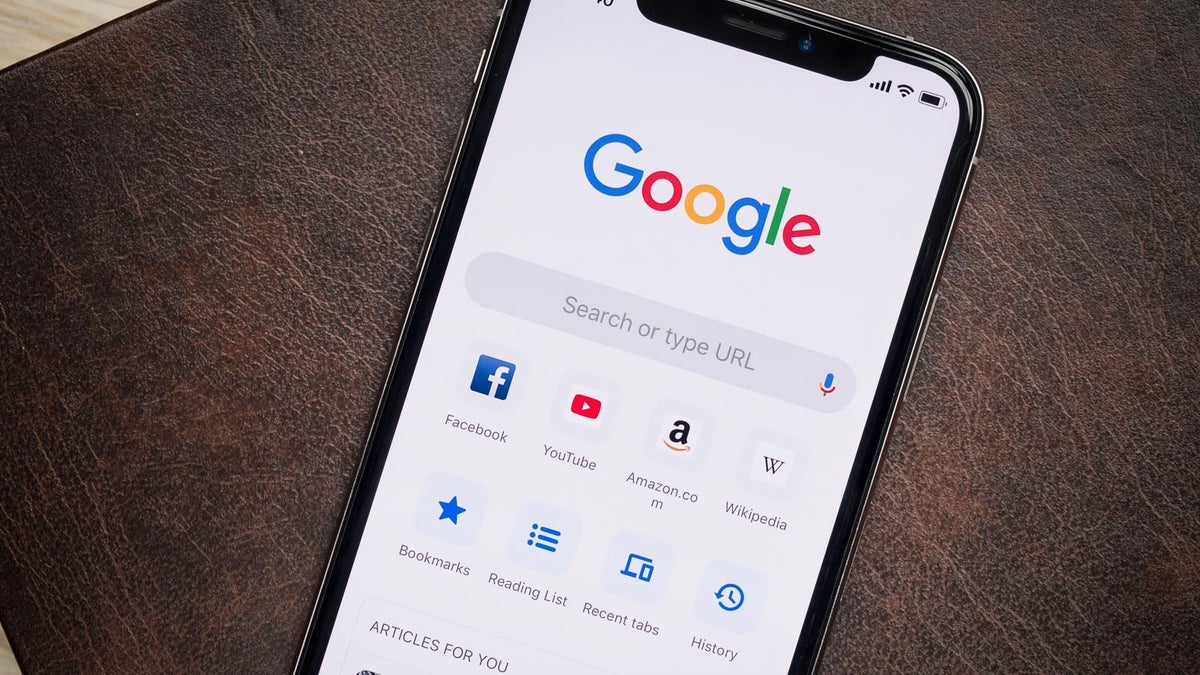In the digital age, the proliferation of deepfakes and AI-generated content has raised significant concerns about the spread of misinformation. Recent endeavors by major tech companies to watermark AI-generated content have been met with skepticism, with experts suggesting that such measures may not be sufficient to curb the tide of deceptive content.
Key Highlights:
- A fake image of an explosion near the Pentagon went viral, causing stock market fluctuations.
- Major AI companies, including OpenAI, Google, Microsoft, and Amazon, have pledged to watermark AI-generated content.
- Watermarking methods vary among companies, with no standardization in place.
- The White House’s proposal focuses on watermarking audio and visual content but omits text.
- The existence of synthetic content can sow doubt about the authenticity of any media, leading to the “liar’s dividend.”
The recent surge in generative artificial intelligence tools has made it easier than ever to produce fake images, videos, and text. This has led to significant real-world consequences, as evidenced by a fake image of an explosion near the Pentagon that went viral, causing a dip in the stock market. In response to the growing threat of AI-driven disinformation, major AI companies have promised the US government that they will implement measures, such as watermarking, to indicate when content is AI-generated.
However, experts have expressed doubts about the effectiveness of these commitments. Sam Gregory, program director at the nonprofit Witness, points out that watermarking is not a straightforward solution. While it’s a common practice for picture agencies and newswires to watermark images to prevent unauthorized use, the diverse range of AI-generated content and the various models in existence complicate the matter. There’s no standard for watermarking, and each company employs a different method. Some methods, like visual watermarks, can become ineffective when an image is resized or manipulated.
Furthermore, the White House’s proposal emphasizes the use of watermarks for AI-generated audio and visual content but does not address text. There are potential methods to watermark text, such as manipulating word distribution, but these would require machine interpretation and might not be apparent to human users. The challenge is further compounded by mixed media content, where real and AI-generated elements coexist.
Another concern is the “liar’s dividend.” The mere existence of synthetic content can cast doubt on the authenticity of any media, allowing malicious actors to claim genuine content as fake. Gregory notes that in many recent cases, individuals have tried to pass off real media as AI-generated to discredit it.
In conclusion, while watermarking AI-generated content is a step in the right direction, it may not be the panacea for the deepfake and misinformation problem. A multi-faceted approach, encompassing technology, policy, and public awareness, is essential to address the challenges posed by the new age of AI-driven disinformation.



